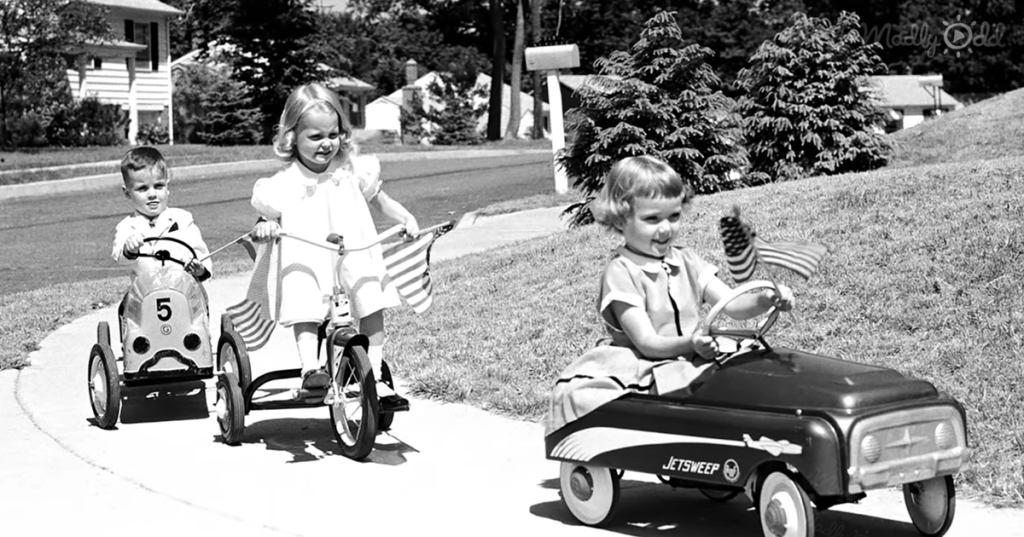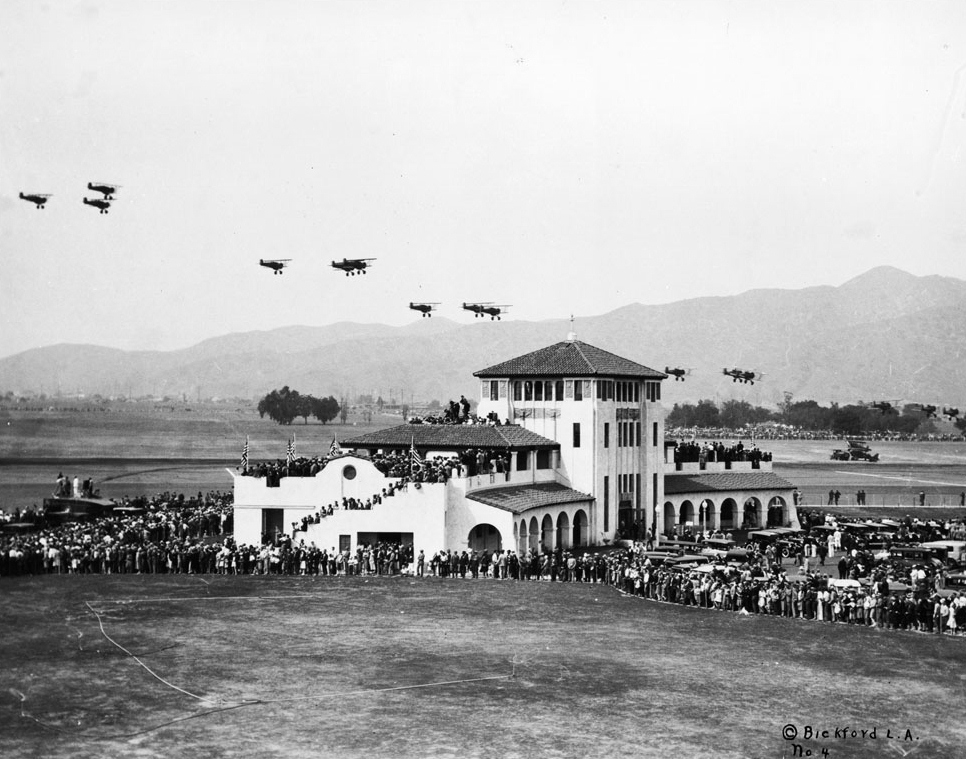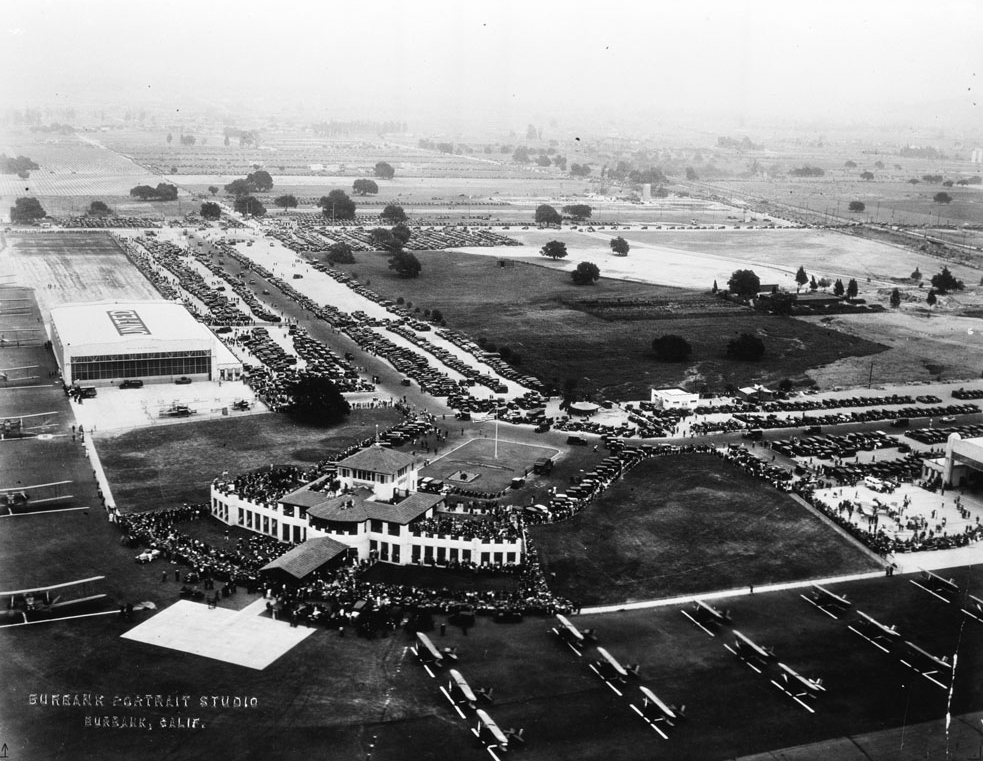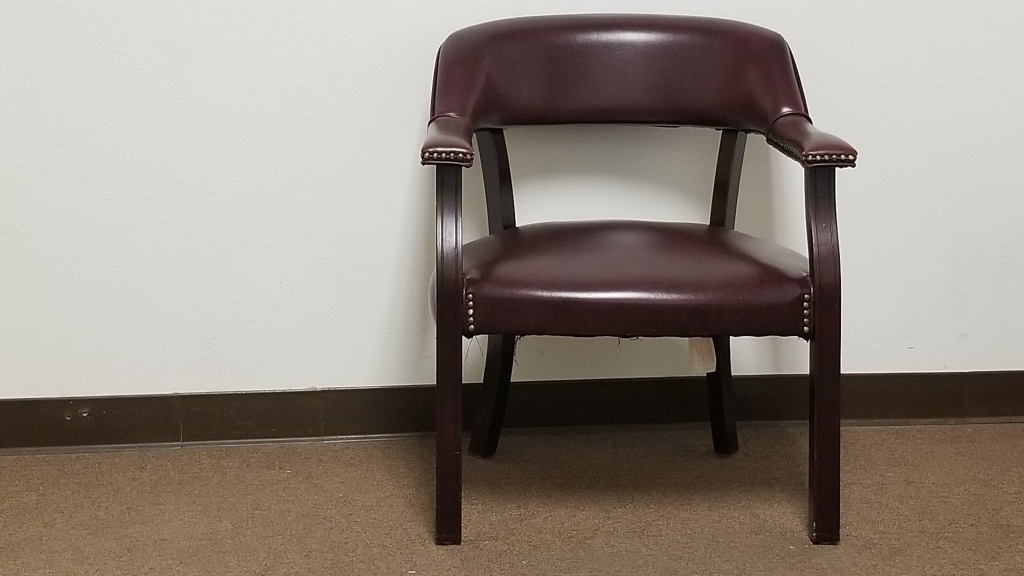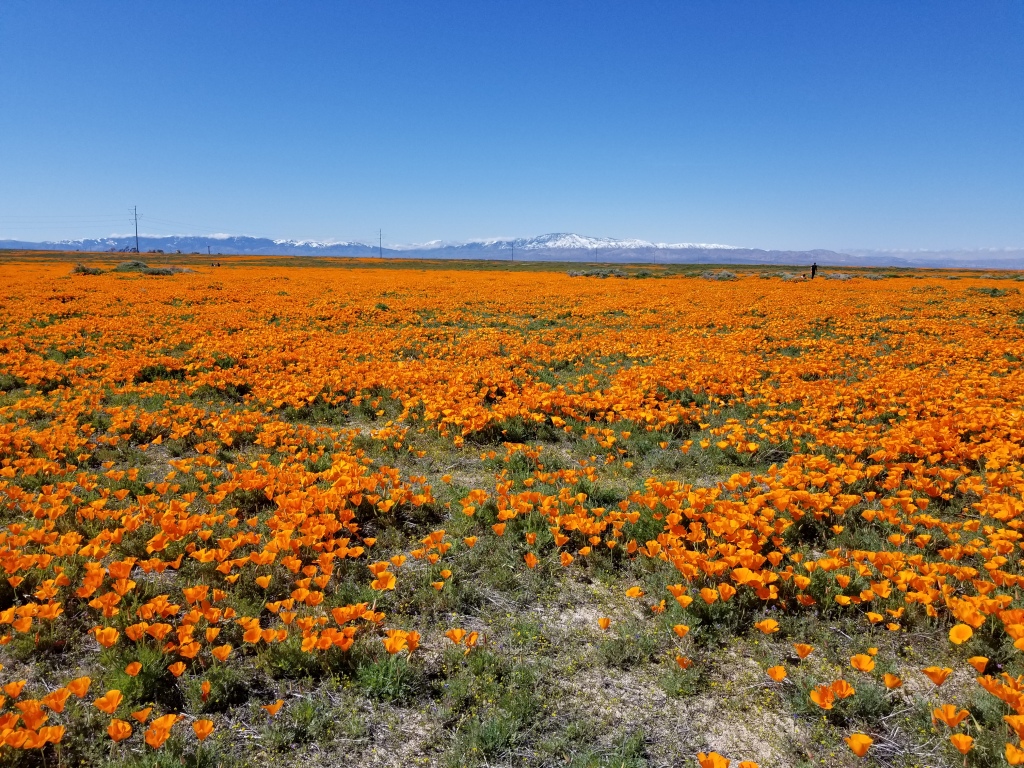
Behold our lust for the great outdoors, which comes with the annual onset of springtime.
The aroma.
The way the air feels.
Being outside for the first time in months.
The Spring thaw…
Welcome to the approach of summer heat and humidity.
Didn’t mean to remind you but it is coming.
Springtime is an emotional awakening that can be challenging to define. I believe it is something different for everyone. When I was growing up in the Mid-Atlantic a lifetime ago, springtime was euphoric for me. After being couped up in the house all winter and chomping at the bit to get outside and play, the air was refreshing and the aroma sweet. Both offered hope and promise as the future awaited. Best we didn’t see the future.
How did springtime affect your youth?
Springtime wasn’t always euphoric for everyone. Schoolyard bullies always managed to surface in spring – on the playground and in gym class. Green pollen dust accumulated all over our cars and patio furniture. It made us sneeze. For some, springtime was a reminder of what was gone or what used to be. At times, it made us grieve for who was no longer with us.
Springtime is the darnedest element now isn’t it?
The change of seasons invokes emotions that come primarily with a change of temperature, the angle of the sun, the timing of sunrise and sunset, and undoubtedly where we are in our journey around the sun. There are elements in the universe that affect our emotions we’re completely unaware of.
With each passing day – the sun’s journey across the sky became either shorter or longer with the change of seasons when we were growing up. Autumn offered an acute sense of finality – the end of another year and the anticipation of a new.
Seems more people die in the fall and winter than in springtime. The experts say January is the deadliest month according to the Centers for Disease Control and Prevention in Atlanta. Too many of us old folks fall down and can’t get up. Other wintertime months like February and March rank second and third. December – the holidays – is fourth.
It is true we tend to get the blues as the sun retreats in autumn, which becomes more apparent in the fall and winter, especially once the holidays pass. According to the American Psychiatric Association, at least five percent of us experience seasonal depression, which I suppose comes from the absence of sunlight and the timing of sunrise and sunset. I know folks who become very depressed in the fall, which is caused by shorter days and coming home in the dark.

Living in Southern California, I am less affected by fall and winter because both are different here in California’s Southland. Changes of season are more subtle here, yet the solar and lunar patterns really stand out on the open desert. In the end, the changes of seasons do affect the way people feel whether it is spring or fall.
Autumn tends to put people in a negative frame of mind, with an adverse effect on appetite and sleep patterns. Autumn makes people want to nap and sleep. If it is cloudy, there’s a strong desire to fall asleep to an old movie or classic sitcom. What’s more, those pesky projects can wait until spring. These are the same projects we said could wait until winter – right?
If you would like to correspond – I have a new email address and would be happy to hear from you: jimsmart.jbjmediagroup@yahoo.com.








